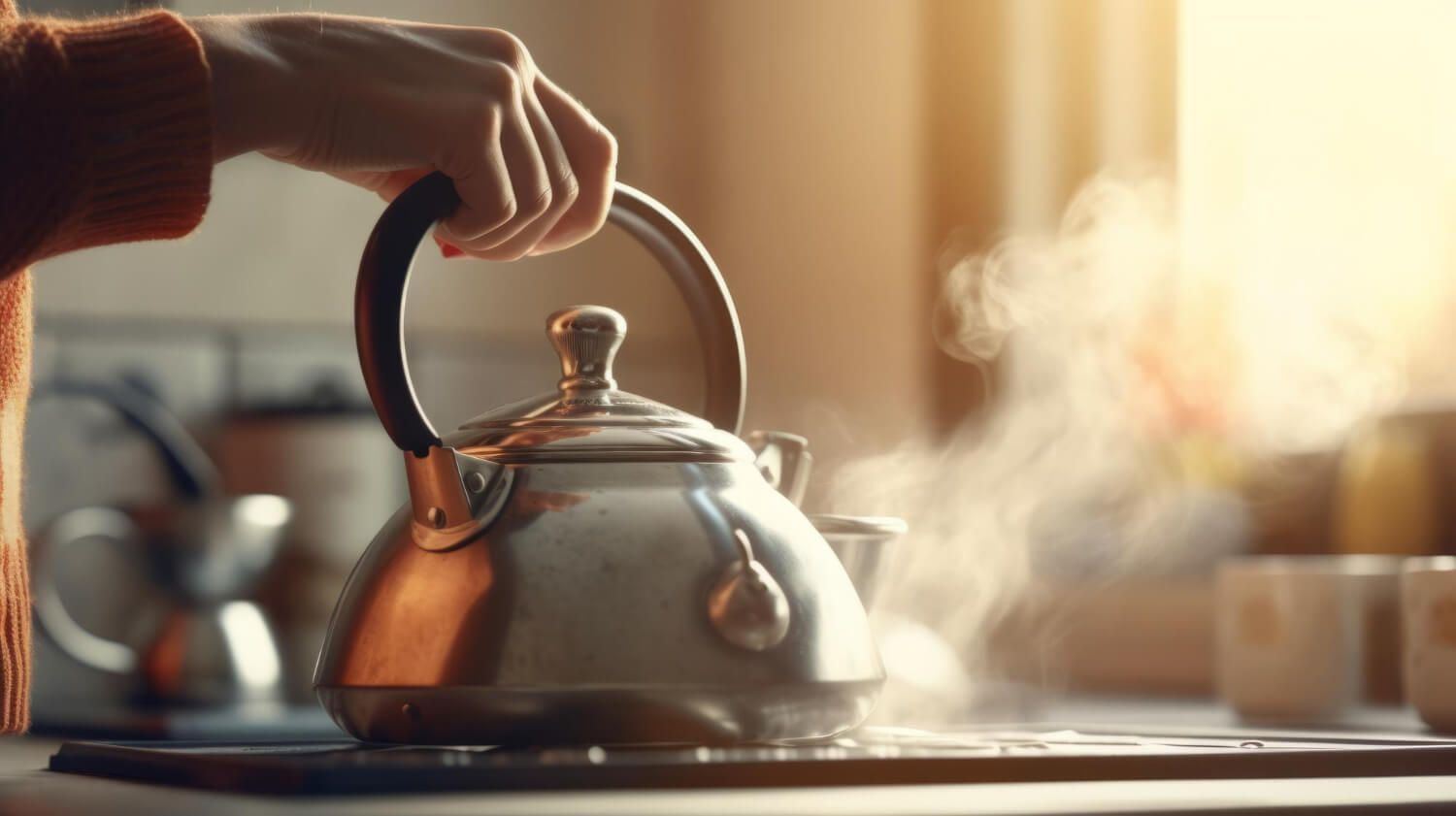Tea is a beloved beverage enjoyed by millions around the world. Its rich flavors and soothing warmth make it a favorite for many.
But did you know that the art of brewing tea goes beyond just pouring hot water over tea leaves? Especially when using a glass-top stove, the process requires a certain level of knowledge and skill.
This micro-guide will walk you through mastering tea brewing on a glass-top stove, from choosing the right tea and equipment to avoiding common mistakes.
In This Article
- Choosing the Right Tea and Equipment
- Step-by-Step Guide to Brewing
- Tips for Perfect Brewing
- Common Mistakes to Avoid
- Conclusion
- Frequently Asked Questions
- Further Reading
Choosing the Right Tea and Equipment
Tea brewing is an art; like any art, it requires the right tools and materials. The first step in mastering tea brewing on a glass-top stove is choosing the right tea and equipment. Whether you prefer black, green, white, or herbal tea, each type has its unique characteristics and brewing requirements.
When it comes to equipment, a good quality kettle is essential. Glass top stoves are delicate, and not all kettles are suitable for them. Choose a flat-bottomed kettle made of a material that conducts heat well, such as stainless steel or copper.
Step-by-Step Guide to Brewing
Brewing the perfect cup of tea is a process that requires patience and precision. Here are the steps to brew tea on a glass-top stove:
- Heat the Water: The temperature of the water can make or break your tea. Black and herbal teas need near-boiling water, while green and white teas demand water that is slightly cooler. Use a thermometer to ensure the water is at the right temperature.
- Add the Tea: Once the water is heated, add your tea. A tea strainer will come in handy if you're using loose leaves.
- Steep and Keep Watch: Each type of tea has a specific brewing time. Green tea should be brewed for around two to three minutes to prevent a bitter taste, while black teas may need to steep for three to five minutes to achieve the perfect flavor profile.
- Pour and Enjoy: Ensure all tea leaves have settled before pouring. You can use a strainer if an infuser was not used during brewing. Now, sit back and enjoy your perfectly brewed cup of tea.
Tips for Perfect Brewing
Brewing the perfect cup of tea is not just about following steps; it's about understanding the nuances that go into the process.
Below are some tips to help you brew the perfect cup of tea:
- Preheat Your Teapot: Preheating your teapot with hot water helps maintain a consistent temperature for the tea and prevents breakage.
- Measure Your Tea Correctly: The ratio of tea to water is crucial in brewing. Too many leaves can result in a strong and overpowering tea, while not enough leaves can create a lackluster tea.
- Don't Oversteep: Oversteeping can make your tea bitter. Always keep an eye on the clock to ensure you're steeping your tea for the right amount of time.
Common Mistakes to Avoid
Even seasoned tea drinkers can make mistakes when brewing tea. Here are some common mistakes to avoid:
- Using the Wrong Water Temperature: Different teas require different water temperatures. Using too hot water can burn the tea leaves and make them taste bitter.
- Not Using Fresh Water: Always brew your tea with fresh, cold water. Reheated water can make your tea taste flat.
- Not Giving the Tea Enough Room to Expand: If you're using a tea ball or infuser, make sure there's enough room for the tea leaves to expand. This allows the water to circulate around the leaves and extract the full flavor.
Conclusion
Brewing tea is an art form that requires patience, precision, and a bit of knowledge. When done right, the result is a flavorful and aromatic cup of tea that can soothe, rejuvenate, and delight.
Remember, the key to a perfect brew lies in understanding the nuances of tea brewing - the right water temperature, the correct steeping time, and the quality of your tea and equipment.
So, the next time you set your kettle on your glass-top stove, consider these tips and elevate your tea brewing experience.
Happy brewing!
Frequently Asked Questions
What kind of tea kettle can you use on a glass-top stove?
Flat-bottomed kettles made of heat-conductive materials like stainless steel or copper are best for glass-top stoves.
Can you steep tea in a glass kettle?
Yes, you can steep tea in a glass kettle. In fact, glass teapots are often preferred as they allow you to see the tea as it brews.
Can you use a teapot on an electric stove?
Yes, but make sure the teapot is stove-safe. Not all teapots are designed to withstand the direct heat of a stove.
How do you make tea on the stove?
Making tea on the stove involves heating water to the correct temperature, adding your tea, allowing it to steep for the appropriate amount of time, and then removing the tea leaves before serving.
Further Reading
- Tea Kettle Materials: Stainless Steel, Copper, and Cast Iron: Delve into the role of materials in the performance and durability of tea kettles.
- Maintaining Safety with a Glass Top Stove Tea KettleUnderstand the importance of safety and maintenance when using tea kettles on glass stoves.
- For tips on preserving the longevity of your glass stovetop, head over to Allrecipes and read the article "8 Habits That Can Ruin a Glass Stovetop."
- If you're looking for the best tea kettles for a glass stove, don't miss our article on the best tea kettles for a glass stove.



